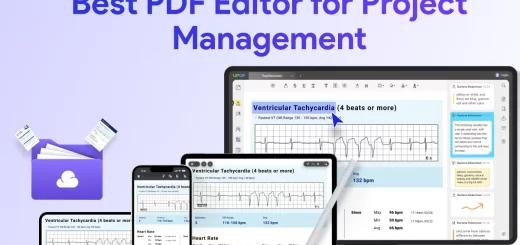Category: PM Tips & Ideas
The baseline of a project is a performance metric for comparison that enables all stakeholders to have a shared and consistent set of data against which to evaluate the work done as the project progresses.
I’ve been working as a project manager for years, and today I can say for sure that in my profession there is a lot of discussion about what characteristics make a project manager good at PM (project management). Some people think that strategic thinking along with leadership is the greatest characteristic. Others point out analysis and communication as the major characteristics, and so on
Any project generates a kind of result that is called product (service). A project product should be developed in a way that ensures customer satisfaction. In other words, a project is successful when its product is delivered according to certain acceptance criteria, which have been clarified and stated in advance prior to project start. And quality control is the way to ensure that the product will be approved and accepted by the customer. In this article, let’s talk about best practices of project quality control.
Planning is a basic management process that involves formulation of a detailed scheme or action scenario to get optimization between the needs and available resources within a project. Developing a project plan is the primary goal of that process. A project plan explains in detail what amount of work to do and how to achieve the objectives, by whom, and when. It is the most prioritized document that provides a roadmap for the project manager to follow. In this article you will find out the 5 steps to developing a winning plan for your project.
Project control is a series of processes and steps that a project manager in cooperation with other management staff carries out to control the project in terms of progress, quality, changes, products, commitments and other critical concerns. The ultimate purpose of project control is to manage project work during each stage of the implementation lifecycle and to prepare the project for the next stage. In this article you will find out how to control a project in 5 steps.
















